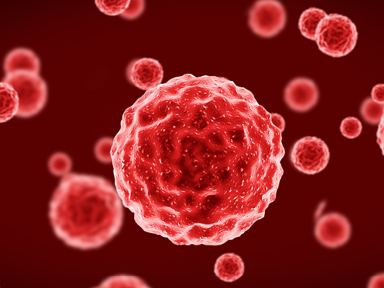firstwordpharmaJune 30, 2021
Tag: SARS-CoV-2 , ACE2 , COVID virus
Combining structural biology and computation, a Duke-led team of researchers has identified how multiple mutations on the SARS-CoV-2 spike protein independently create variants that are more transmissible and potentially resistant to antibodies.
By acquiring mutations on the spike protein, one such variant gained the ability to leap from humans to minks and back to humans. Other variants -- including Alpha, which first appeared in the United Kingdom, Beta, which appeared in South Africa, and Gamma, first identified in Brazil -- independently developed spike mutations that enhanced their ability to spread rapidly in human populations and resist some antibodies.
The researchers published their findings in Science.
"The spike on the surface of the virus helps SARS-CoV-2 enter into host cells," said senior author Priyamvada Acharya, Ph.D., director of the Division of Structural Biology at the Duke Human Vaccine Institute.

"Changes on the spike protein determine transmissibility of the virus -- how far and quickly it spreads," Acharya said. "Some variations of the SARS-CoV-2 spike are occurring at different times and different places throughout the world, but have similar results, and it's important to understand the mechanics of these spike mutations as we work to fight this pandemic."
Acharya and colleagues -- including first author Sophie Gobeil, Ph.D., and co-corresponding author Rory Henderson, Ph.D., -- developed structural models to identify changes in the virus's spike protein. Cryo-electron microscopy allowed atomic level visualization, while binding assays enabled the team to create mimics of the live virus that directly correlated with its function in host cells. From there, the team used computational analysis to build models that showed the structural mechanisms at work.
"By building a skeleton of the spike, we could see how the spike is moving, and how this movement changes with mutations," Henderson said. "The different variant spikes are not moving the same way, but they accomplish the same task. "The different variant spikes are not moving the same way, but they accomplish the same task. The variants first appearing in South Africa and Brazil use one mechanism, while the UK and the mink variants use another mechanism."
All the variants showed increased ability to bind to the host, notably via the ACE2 receptor. The changes also created viruses that were less susceptible to antibodies, raising concerns that continued accumulation of spike mutations may reduce the efficiency of current vaccines.
Gobeil said the research illuminated the complexity of the virus: "It's amazing how many different ways the virus comes up with to be more infectious and invasive," she said. "Nature is clever."
In addition to Gobeil, Acharya and Henderson, study authors include Katarzyna Janowska, Shana McDowell, Katayoun Mansouri, Robert Parks, Victoria Stalls, Megan F. Kopp, Kartik Manne, Dapeng Li, Kevin Wiehe, Kevin O. Saunders, Robert J. Edwards, Bette Korber and Barton F. Haynes.
The study received support from the National Institutes of Health (R01 AI145687, AI142596) and the State of North Carolina through the CARES Act.


Contact Us
Tel: (+86) 400 610 1188
WhatsApp/Telegram/Wechat: +86 13621645194
Follow Us:




 Pharma Sources Insight January 2025
Pharma Sources Insight January 2025


